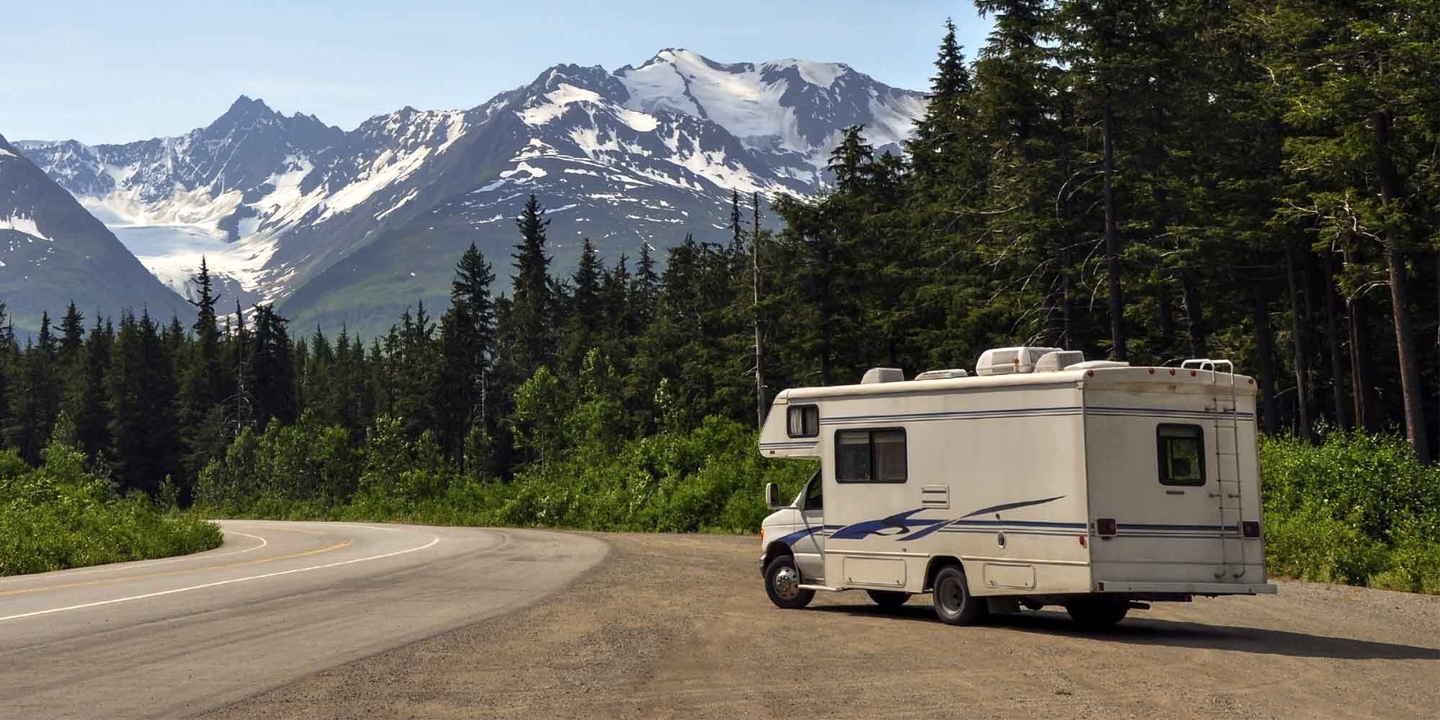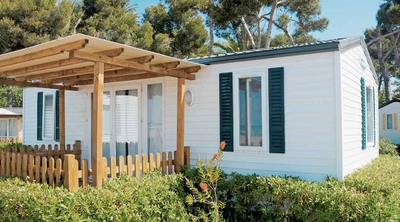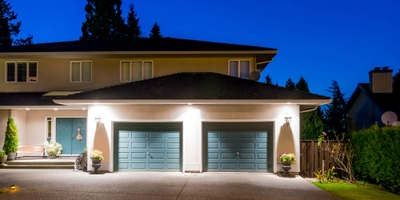5 RV protection tips for new owners
4 min read
Buying an RV is a big investment. From its initial purchase to the tow vehicle you drive to the products you’ve purchased to take care of it, there’s a lot at stake whenever you leave the house on your next trip. That’s why taking the necessary steps to protect your RV long-term is important.
We’re looking at the most effective, top five ways to protect your RV. From managing routine maintenance that will keep it running well to the roadside assistance programs available to help in the event of a breakdown, these are easy ways to protect your rig.
1. Don’t void your warranty
Your new or used RV will come with some form of a warranty when you purchase it. These warranties cover different components on your RV should they wear out unexpectedly or break within a specific window of your purchase date. With so many other working parts on an RV, you need to know what your warranty covers and what could potentially void your warranty.
What’s covered?
You will receive paperwork when you purchase your RV that goes over the components on your RV that either are or aren’t covered under the warranty. For example, an exclusionary warranty will list only components that aren’t covered. It’s effectively the highest form of coverage. A stated component policy will only cover the components listed in the document.
Any modifications to covered components will likely result in a voided warranty. For example, if you adjust your engine to improve performance, you will void the engine warranty. By knowing what’s covered and what’s not, you will know what OEM (original equipment manufacturer) parts not to tamper with.
Normal usage
Warranties often stipulate that they base their coverage on “normal usage,” which leaves some questions unresolved for those living in their RV full-time. If you intend to use your RV full-time, it’s best to raise these questions about your warranty during the purchasing process.
Learn the steps to take when buying an RV.
2. Invest in a roadside assistance program
Problems occur on the road no matter how much preventative maintenance you complete beforehand. Roadside assistance programs are especially convenient when things go wrong, whether a major or a minor incident. From towing services to locksmith expertise to emergency fluid delivery like gas or oil, roadside assistance programs help you get back on the road and on your trip.
But there’s more to roadside assistance programs than just the convenience of a battery jump when it’s dead or other small conveniences. A roadside assistance program can help in the long run.
When you experience a breakdown during a trip for any reason, the longer you’re on the side of the road, the more likely you’ll face additional problems. Consider a few scenarios:
- Your RV gets stuck in snow during bad weather. When you attempt to get your vehicle unstuck on your own, you increase the risk of damaging it, whether uncontrolled sliding, running into objects, or putting uncommon strain on your tires.
- You experience a mechanical failure that leaves you stranded on the side of a busy highway. The longer you stay stranded, the greater the chances of your vehicle getting struck by an unsuspecting driver. Get off the road quickly with roadside assistance.
- In the event of a breakdown, you want to get your rig to a shop capable of completing good work on your RV. With certain roadside assistance programs, you get your choice of what shop your RV goes to, assuring the work is quality and lasting.
3. Consider an extended service plan
Most RV owners aren’t prepared for the costly repairs of a major mechanical breakdown. When a key component of your engine goes out, like an engine component or drivetrain, you could be left with massive bills in the thousands of dollars to get your rig back running.
These kinds of problems are more common than you might think, and while your original warranty may cover some of them, those warranties expire, and then you’re driving at risk. Almost all RVs will require a major repair within their first ten years — and the odds increase the older your RV. Extended service plans and extended warranties exist to fill the gap once your warranty expires. However, your RV is still in good working condition.
However, not all extended service plans or extended warranties are created equal. As with your original warranty, note what’s covered and look for questionable stipulations. Consider the following:
- What deductible will you pay in the event of a breakdown?
- Are there restrictions on service locations after a breakdown?
- Are there any exclusions or items not covered that raise red flags?
- Do term limits exist for your plan?
Extended service plans and extended warranties can be helpful, but the investment has to match the return if you experience a breakdown.
4. Find the right RV insurance
RV insurance is a must-have when protecting your investment. But RV insurance is different from auto insurance. You can use RVs for all sorts of activities, plus many are towable, and this invites questions about insurance, what’s covered, and which is the right plan for your RV.
Similar to a warranty or extended service plan, you need to evaluate the different RV insurance options with an eye for what a given plan is missing or what it does not cover. RVs are your home and your vehicle, and insurance will be similar to both home insurance and car insurance, so you need to consider some different scenarios. Some helpful considerations include:
- Does the insurance cover full-time RV living?
- Does it cover theft or vandalism?
- Are animal infestations covered?
- Are all amenities included in your coverage?
- What about weather damage while in storage?
- Is roadside assistance included?
You always have to compare coverage to price: is the price worth your coverage? Note that the price will be affected by your driving history, how often you use your RV, the RV class, and previous claims. Learn more about how RV insurance works.
5. Keep up on routine maintenance
As the human body requires sleep, exercise, and good nutrition, the RV requires routine maintenance. It’s what maintains the health and longevity of your rig. Fall back on any common routine maintenance requirement, and you’ll notice it more and more. Eventually, you will experience a serious breakdown.
You likely already know the basics of routine maintenance – oil changes, filter changes, storage, battery, water tanks — but do you have a system to ensure you do these routinely rather than haphazardly?
Create a calendar: You need to complete some of your routine maintenance annually, some after or before each trip. By setting a calendar, or a checklist for trips, you keep track of the last time you completed a task and know when the next appointment is. The biggest challenge with routine maintenance is to ensure there’s a routine.
With the right attention to detail, planning, and careful usage, you can maintain the value of your RV long into its lifecycle, for hundreds of thousands of miles.
Good Sam provides travelers with everything they need for a good trip, from saving on accessories and services to roadside assistance, vehicle protections, and specialized products.






